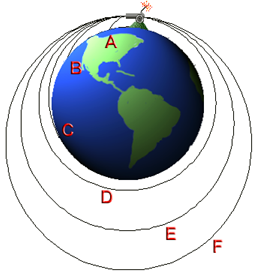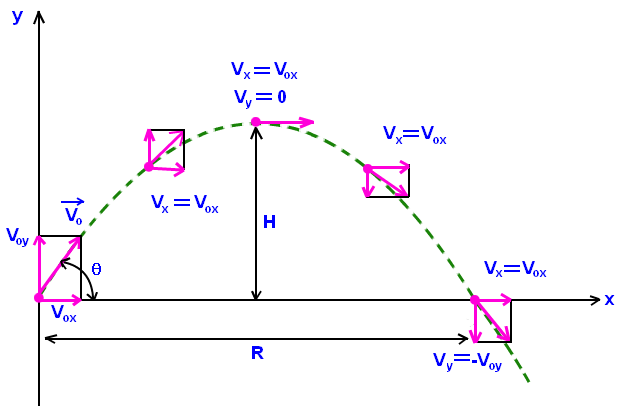Any collision is elastic if the total kinetic energy of the colliding particles remains conserved. Let us consider two bodies A and B with masses and
are moving with the initial velocity
and
respectively in the same direction and same straight line. In this problem let us suppose that velocity of one object is greater than other
and they are on the collision path. In this situation object A will collide with B and this is called head on collision. After collision and according to our assumption velocity of A will decrease to
and velocity of B will increase to
If both objects are moving on the same direction after collision then we can say that
Total initial momentum of A and B before collision =
Total final momentum of A and B after collision =
According to conservation of momentum principle
——- (1)
Total kinetic energy of the particles before collision
Total kinetic energy of the particles after collision
For perfectly elastic collision
Dividing above equation by (1) we get
——- (2)
Here is the relative velocity of approach of A towards B and
is the relative velocity of separation of B and A.
Equation (2) can also be written as
Let us multiply above equation by and add equation (1) followed by some rearrangement we get
Similarly let us multiply above equation by and subtracting equation (1) followed by some rearrangement we get
Note 1: If mass of A is very very higher than B we can see that the velocity of A remains unchanged while that of body B changes after collision.
Note 2: If object A is much more smaller than B then velocity of A is changed but the velocity of B remains same.
Note 3: If mass of both body A and B are equal then the velocity if the particles are interchanged. and





